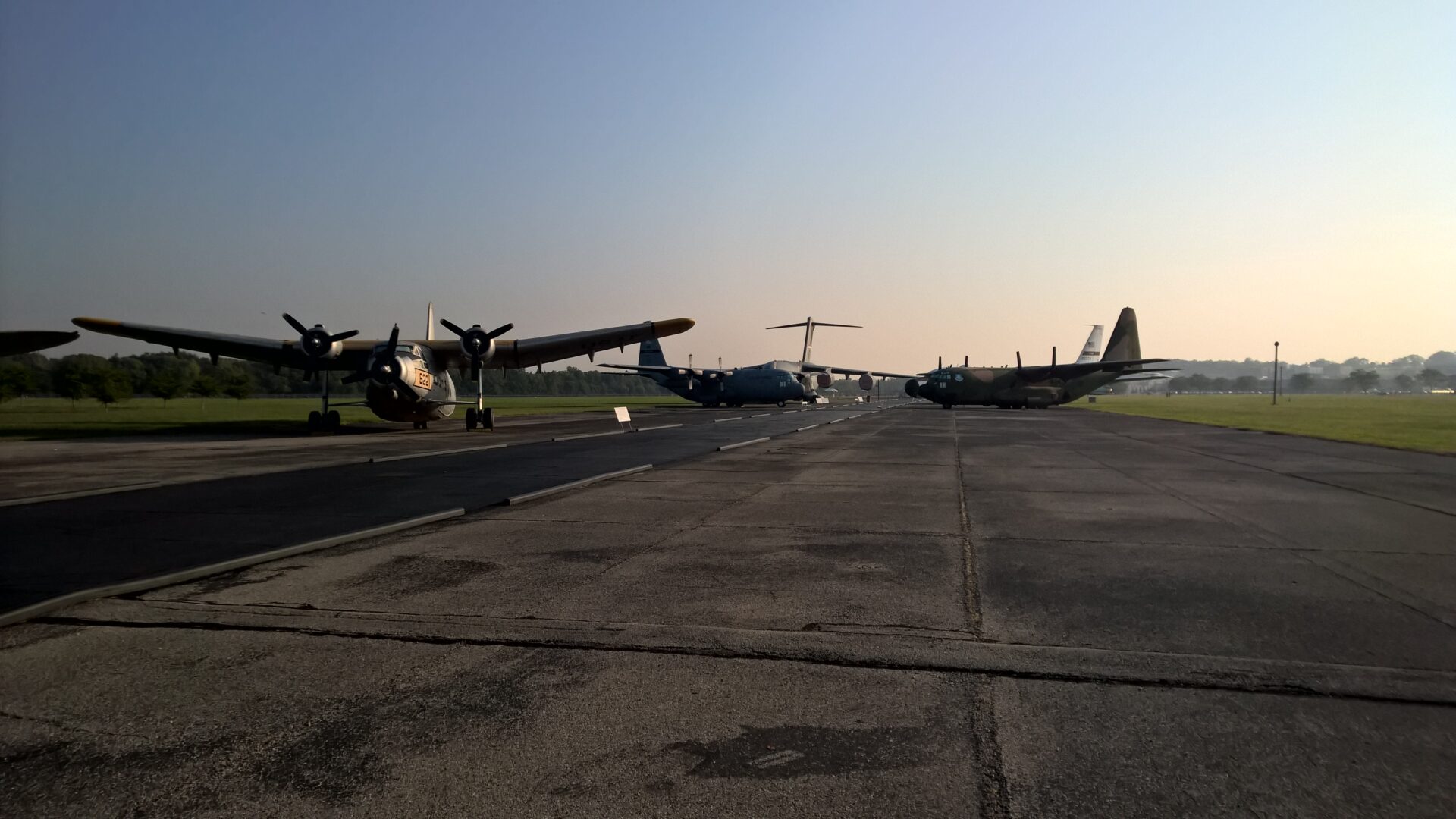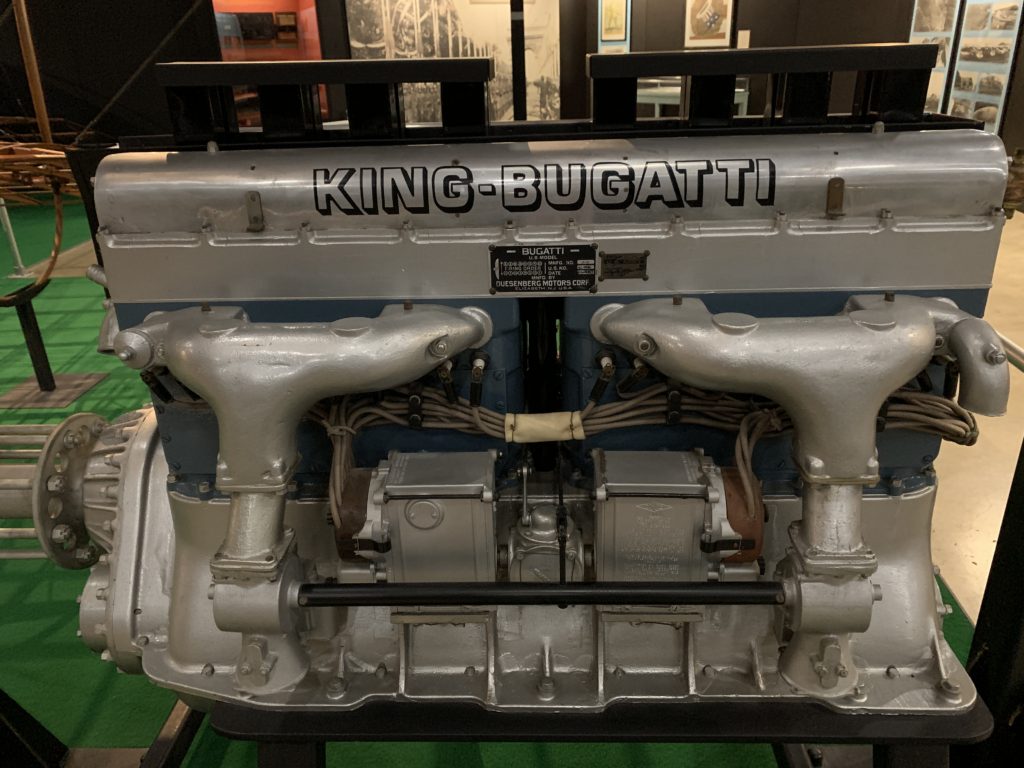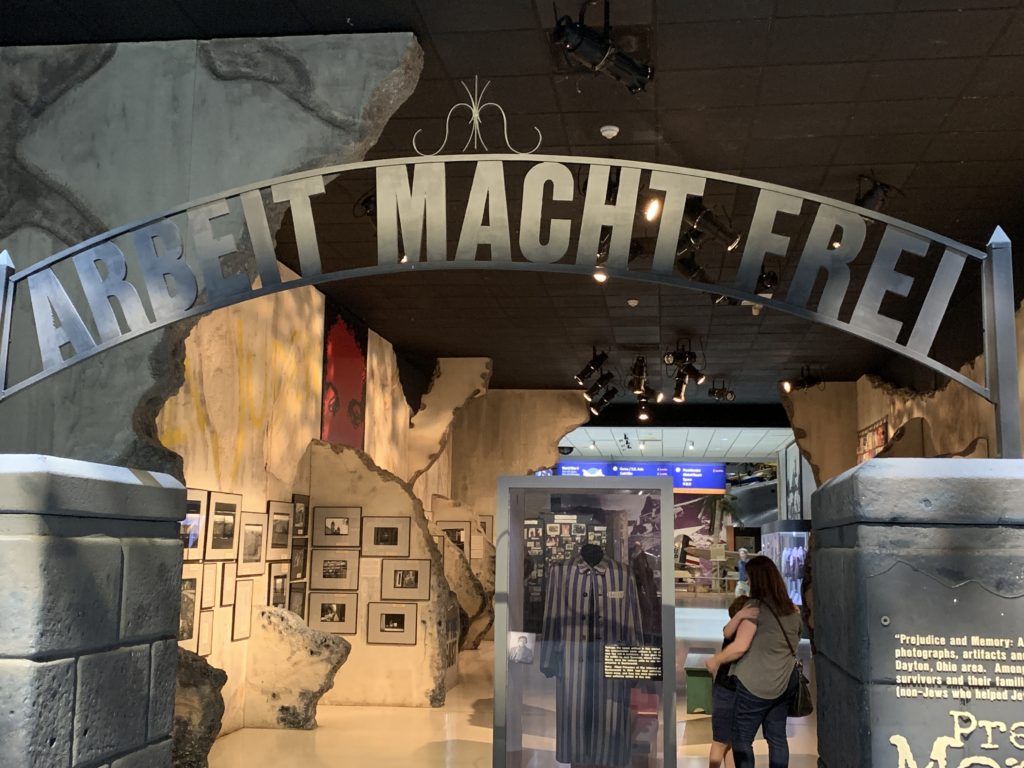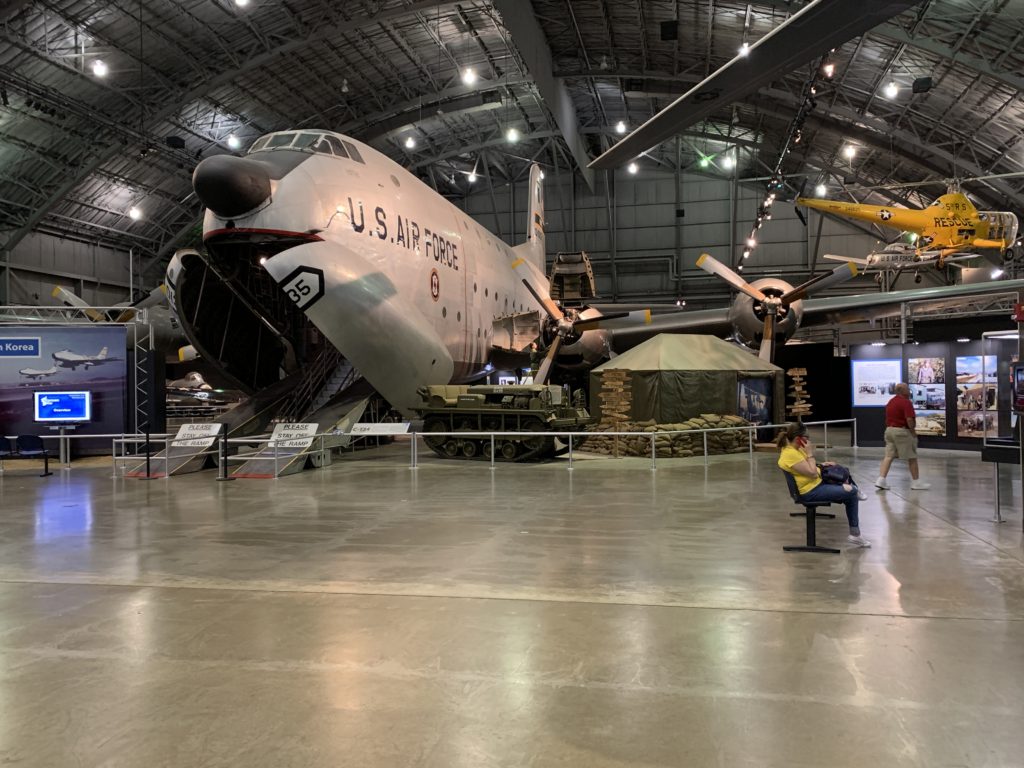To most of us we immediately think of cars and motor-racing. But to those of us at GTM, Motorsport is more than just cars, it’s an appreciation for all sorts of different competitive events that involve the use of an engine, the engineering that goes into those vehicles and more importantly the people and their stories. It could be cars, motorcycles, boats, trains, planes… if there’s a race and it involves a motorized vehicle, you have our attention! But, for me an often overlooked, under appreciated but exciting Motorsport is that of “Aerial Acrobatics” as seen on RedBullTV (below).
That being said, I am no pilot, but I do appreciate and have a fascination for airplanes. During a recent sojourn to Dayton, Ohio, I took the opportunity to visit the National Museum of the United States Air Force. Located at Wright-Patterson Air Force Base, the location is ENORMOUS, comprising 4 hangers – the newest (number 4) is 230,000 square feet!! This takes a bit of walking but the exhibits are listed in chronological order which helps maintain a perspective.
I arrived on Friday afternoon and was greeted with signs for Media Parking. Not realizing what was happening, it turned out that there was a change of command at WPAFB. This was announced as I started my journey through the early aviation section that included the Wright Brothers’ ground-breaking accomplishments as well as a multitude of WW1 aircraft including dirigibles. Most interesting were some of the engine manufacturers such as Bugatti – a name some of us immediately recognize, Yes… THAT Bugatti.
The early aviation machines make a striking first impression, their size and construction is impressive. The aircraft are surprisingly small – not much larger than a modern mid-size automobile. The construction is shockingly lightweight, mostly wooden frames with fabric stretched taut to provide aerodynamic advantage (a technique that inspired Colin Chapman when designing early Lotus Cars). In some cases, only the passenger area and lift surfaces were covered with fabric with the remainder of the aircraft being nothing more than a wooden frame. This shows how daring the first aviators had to be when flying little more than a skeleton!!
Between the Early Aviation hangar and the WWII hangar was a segment on the Holocaust – perhaps the most moving was the replica of the entrance gate to Auschwitz – Arbeit Macht Frei – Work Sets you Free (as seen below).
The WWII hangar was filled with aircraft that made America famous as a global air power – planes such as the P-51 Mustang and a myriad of long and short range bombers. The sight and sound of these planes were the sounds of freedom for so much of Europe. Seeing these aircraft in person was stunning to think that the skies were often blanketed with these planes in the hundreds!!
The Korean War and the South East Asian Conflict (aka the Vietnam War) were represented in the same hangar. One of the more interesting displays was a walk-in example of the C-124 cargo plane. It is enormous BUT it’s a prop-driven plane and long-since retired from service. In other words, the newest cargo aircraft are even larger!!
Having listened to several programs on the Vietnam War, it was interesting to see the various aircraft used in conflict. Many of these planes were given less than elegant names by their pilots – for example, the Thunderchief was known as a Thud apparently because that’s the sound it made when hitting the ground. Again, the sheer size of these aircraft was sobering especially when considering the number of soldiers who would have occupied the seats during combat operations. Hitting closer to home for me were some of the old “Huey” helicopters – one of my PCA buddies flew these in Vietnam. Only after 50 years is he finally talking about it and it’s fascination to hear his recantations.
Prior to the new 4th hangar is the Rocket section filled with milestone rockets from America and other nations. Rocketry is fascinating since it is the science of controlling an explosion and directing it thru a nozzle. Much smaller than the other displays, the Rocket section represents huge advances in technology including the first forays into space. The 4th hanger is the newest and while it is 320,000 square feet, it is the least crowded as it contains both space vehicles and several aircraft used as Air Force One.
So… why Airplanes?, why should self proclaimed “petrol-heads” care about airplanes? In short, if you look over the pre-war history of the automobile, many famous designers and manufacturers served in the great wars, were commissioned to use their engineering skills to build transport, firearms, airplanes, in support of the war efforts. Names like Bugatti, Chapman, Porsche, Rolls-Royce, Ford – and their designs (albeit under duress) gave way to some large technological advancements on the automotive side: gas turbines, fuel injection, all-wheel-drive, and one could argue even the wankel-rotary engine (to name a few) and vice-versa. Despite their size differences there is a lot of shared mechanical engineering principles between racing cars and airplanes.
If you have the extra time, be sure to check out places like the National Air and Space Museum in DC, or if you’re on your way back from Mid-Ohio or some other Mid-west venue, stop by the National Museum of the United States Air Force and discover for yourself how cars and planes are actually close cousins.
Until next time. #neverstoplearning
~Matthew.
























